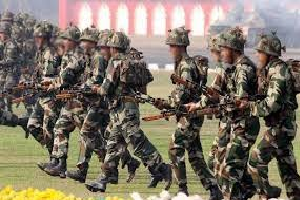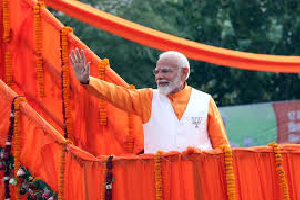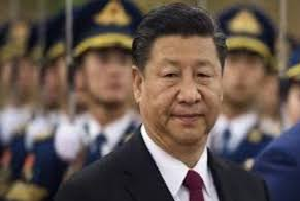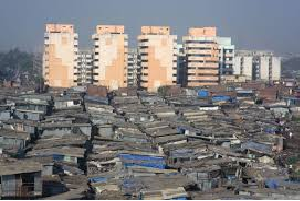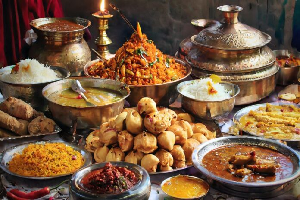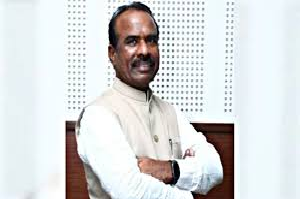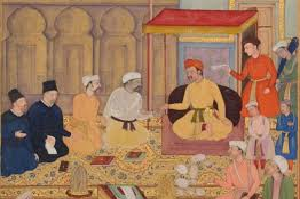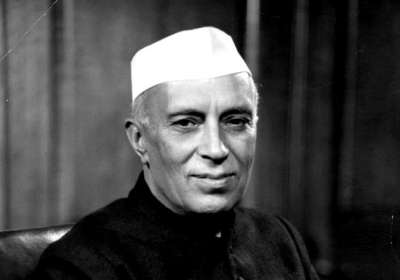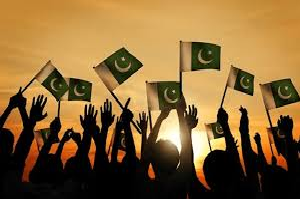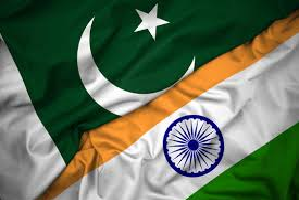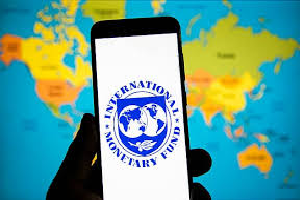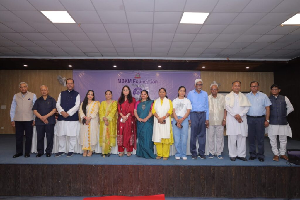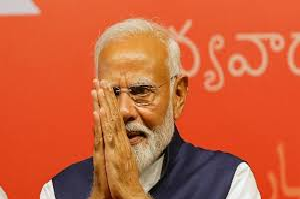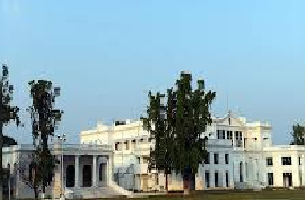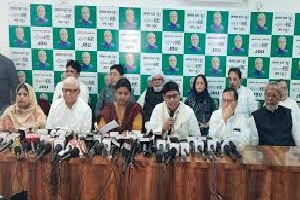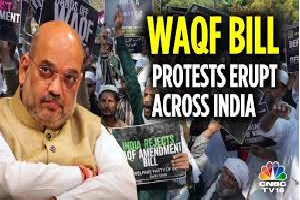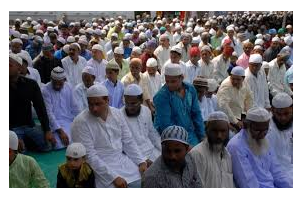15

Prof Shivaji Sarkar
New Delhi, 15 July 2024
Prime Minister Narendra Modi's recent visit to Moscow has resulted in a significant agreement between India and Russia, particularly impacting the agricultural sector. India has decided to increase its imports of Russian wheat and grain products by 22-fold, a monumental shift after decades of minimal imports since the cessation of PL480 supplies from the United States.
This substantial increase in wheat imports is expected to lead to a collapse in wheat prices within India, given the sudden surge in supply and likely waiver of 40 per cent import duty. The decision marks a historic move, as India has largely relied on its production to meet domestic demand since the Green Revolution in the early 1970s. The Russian grains are aluminium phosphate chemical-laced. It could spur Indian farmers to take a stand.
In addition to the agricultural deal, Russia has agreed to sell six high-power nuclear and several low-power plants to India, which might cost $35-40 billion. These deals are being explored for collaboration in quantum computing, including the creation of quantum computers, linked to a Russian multipurpose research reactor project on fast neutrons. Preparation is underway for the technical specifications for constructing a new Russian-designed nuclear power plant in India with VVER-1200 reactor units.
Since indigenous sources of uranium are depleting, India would also have to ensure continuous uranium supply from Russia.
The petroleum, fertiliser and other imports would continue at a rate that is lower than the international prices. The benefit of crude import, refining and sale to the Western countries goes to two private refineries in Gujarat. Russia is also supplying a third of the fertiliser supplies.
Russia and India have set a bilateral trade target of $100 billion across a "broad base" by 2030, up from the current $65 billion. Russia exported up to 89.3 million tons of grain and grain products in the 2023-24 agricultural season, 21 per cent more than in the previous season. The 22-fold increase was mainly due to exports of peas and, a three-fold increase in exports of lentils, barley and corn.
As per data released by Russia, Indian imports increased well above major importers in the 2023-24 agricultural season. India is likely to wave the 40 per cent customs duty on wheat to make it competitive in the domestic market, which may be in the ensuing budget in July end.
The likely crash of wheat prices might face reactions from the farmers who are agitating for higher MSP. The reason for wheat imports is stated to be concerns over supplies in the domestic market. India is the world’s second-largest wheat producer.
In the nuclear field, according to the International Atomic Energy Agency (IAEA), out of 51 nuclear power plants under construction worldwide, 13 are Rosatom’s VVER type or pressurised heavy water reactors. India has been offered VVER-1200 which is 1200 MW each. However, the final decision is awaited.
The initial capital cost of a new reactor is $5,339 per kW or $5.3 billion for a 1000 MW reactor. Financing costs, long construction periods, and escalating costs can push the total cost beyond it. The cost of the six proposed reactors plus some smaller ones could be above $ 35 to 40 billion. Rosatom has also offered floating nuclear installations.
The deal would be a great boon for the Russian economy facing the Western sanctions, war with Ukraine, continuous NATO supplies of arms to Ukraine, positioning of nuclear heads in Germany and global isolation.
Prime Minister Modi’s visit has been welcomed at such critical times and the agricultural and nuclear deals would be giving great encouragement to the multi-dimensional development of Russia, which is being supported by China, North Korea and to some extent Saudi Arabia.
India and Russia are discussing opening up a new trade route for Russian energy sources with transhipment at Russian Far Eastern ports to India through the Northern Sea Route. A pilot line for international container transit through the Northern Sea Route is also likely for faster dispatches.
Russia significantly has not agreed on rupee payments. Thus the cost of nuclear or farm imports would be high. That could add to the concerns of the Reserve Bank, which has refused to lower interest rates as prices hover around 5 per cent. To avoid payment in dollars, some countries have been paid in gold. The mode of payment for Russia is yet to be finalised.
There are certain concerns about the nuclear deals. Due to earlier trade bans and a lack of indigenous uranium, India has uniquely been developing a nuclear fuel cycle to exploit its reserves of thorium. Since 2010, a fundamental incompatibility between India's civil liability law and international conventions limits foreign technology provision.
The growing support for nuclear as a low-carbon energy source has seen uranium prices more than tripled since the end of 2020, and the market could remain tight until 2029 as utilities replenish their inventories, according to Bloomberg Intelligence. Cooperation in the civilian nuclear sphere doesn’t fall under the US sanction regime on Russia for its invasion of Ukraine.
There are 22 nuclear power reactors which are operational in the country with a total installed capacity of 6780 MW. In addition, there are 8 reactors, of 6000 MW capacity are being built.
A major environmental concern related to nuclear power is the radioactive wastes such as uranium mill tailings, spent or used reactor fuel, and other radioactive wastes. These materials are supposed to be maintained in a secured area for 5000 years and are dangerous to human health. It is also necessary that the waste in any form does not get leaked out. All wastes presently are stored in one place.
At the Kudankulam plant, near Kanyakumari, where the first Russian nuclear plant went on stream in 2016, fishermen are on a decade-long agitation as hot water discharged into the sea has moved away fish to distant sea causing livelihood and law and order issues. As many as 8956 persons have been slapped with cases under sedition law. Their arrests were stayed by the Supreme Court.
The deals are a mixed bag while Russia cheers it for its gains, there could be many fallouts within the country both for wheat imports and nuclear deals at a high cost.


